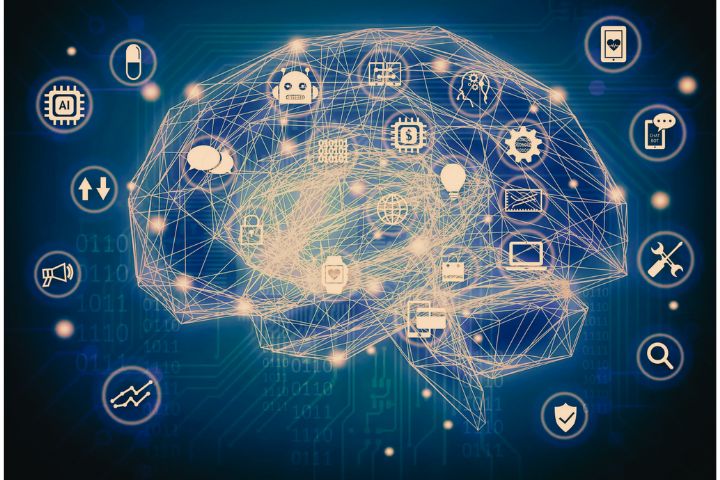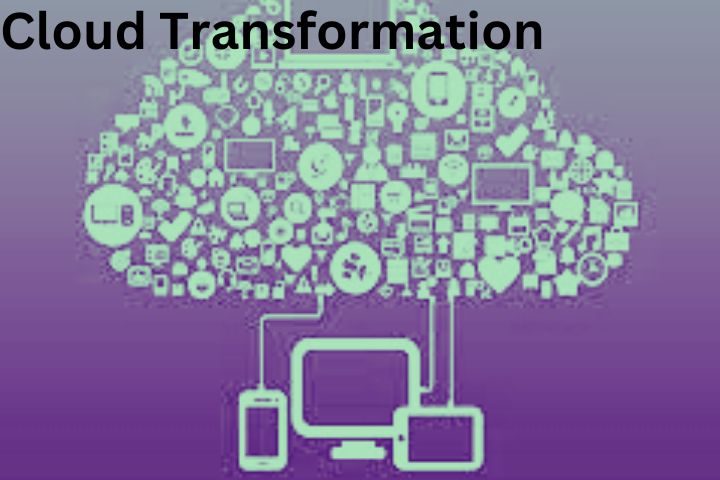
Machine learning models are the output of a machine learning algorithm applied to data. A model thus represents what has been learned by a machine learning algorithm.A machine learning model is defined as a mathematical representation of the output of the training process.
Machine learning is the study of different algorithms that can improve automatically through experience & old data and build the model. A machine learning model is similar to computer software designed to recognize patterns or behaviors based on previous experience or data.
The learning algorithm discovers patterns within the training data and outputs an ML model that captures these patterns and makes predictions on new data.
Procedure for building machine learning models:
Collecting and preparing the data are the first steps in building a model. As a rule, the data used must be completed and consistently formatted. To be able to process the data, they usually have to be presented in tabular form. Missing values can be added with the help of imputation, for example.
The processed data is then analyzed to determine how the data is structured and what dependencies there are. Once the important variables for the forecasts have been identified, various statistical models can be used. Only some models are equally suitable.
An evaluation must be used to find out how suitable the respective model is. This process is usually very complex. Different methods should be tested and compared to find a good prognosis model. If a suitable model is found, it can be optimized. The model can then be applied to new data to create forecasts.
The process is to be understood as a cycle since, as with classic data warehouse and business intelligence requirements, development can provide new insights that necessitate changes in the source data or the model.
The opportunities to improve existing processes and products and develop new and higher-quality services are enormous, thanks to machine learning technology . Despite the moderate initial investments, dealing with the topic can be worthwhile for many companies.
A clear objective and delimitation of the use cases are important since even small changes in the initial situation can majorly impact the model’s reliability. A certain tolerance for frustration is also important, as the models usually undergo several iterations before completion.









